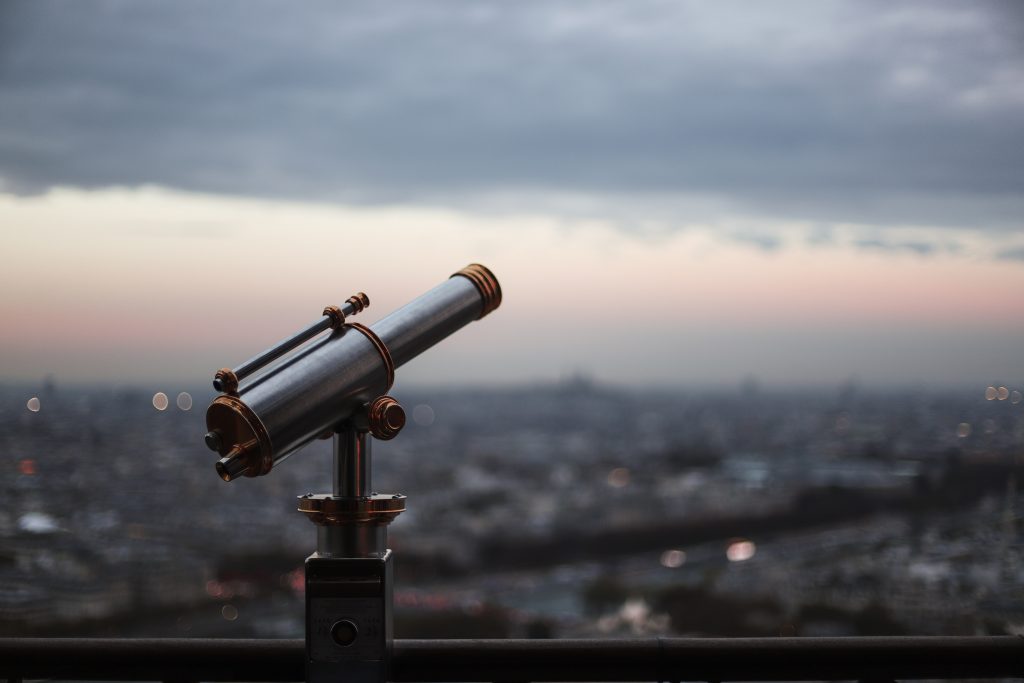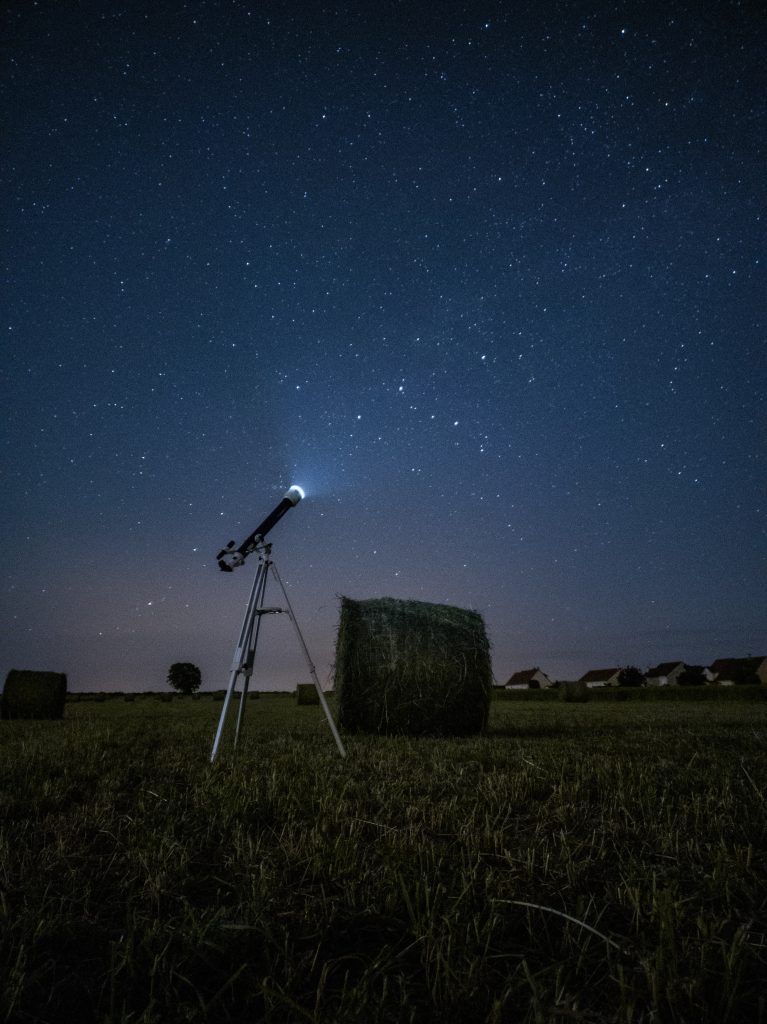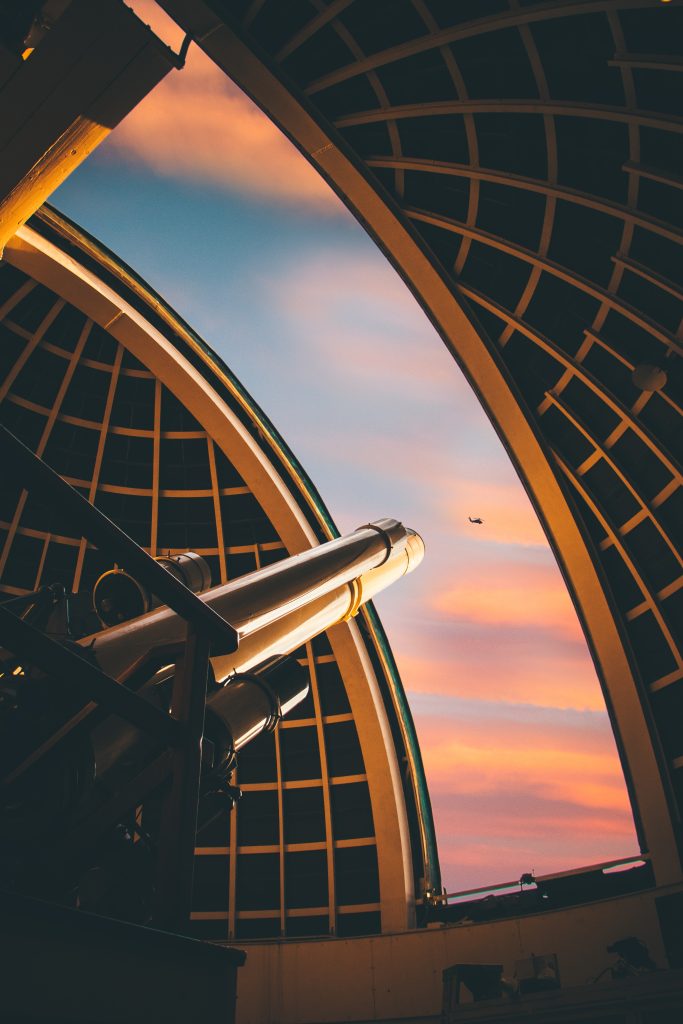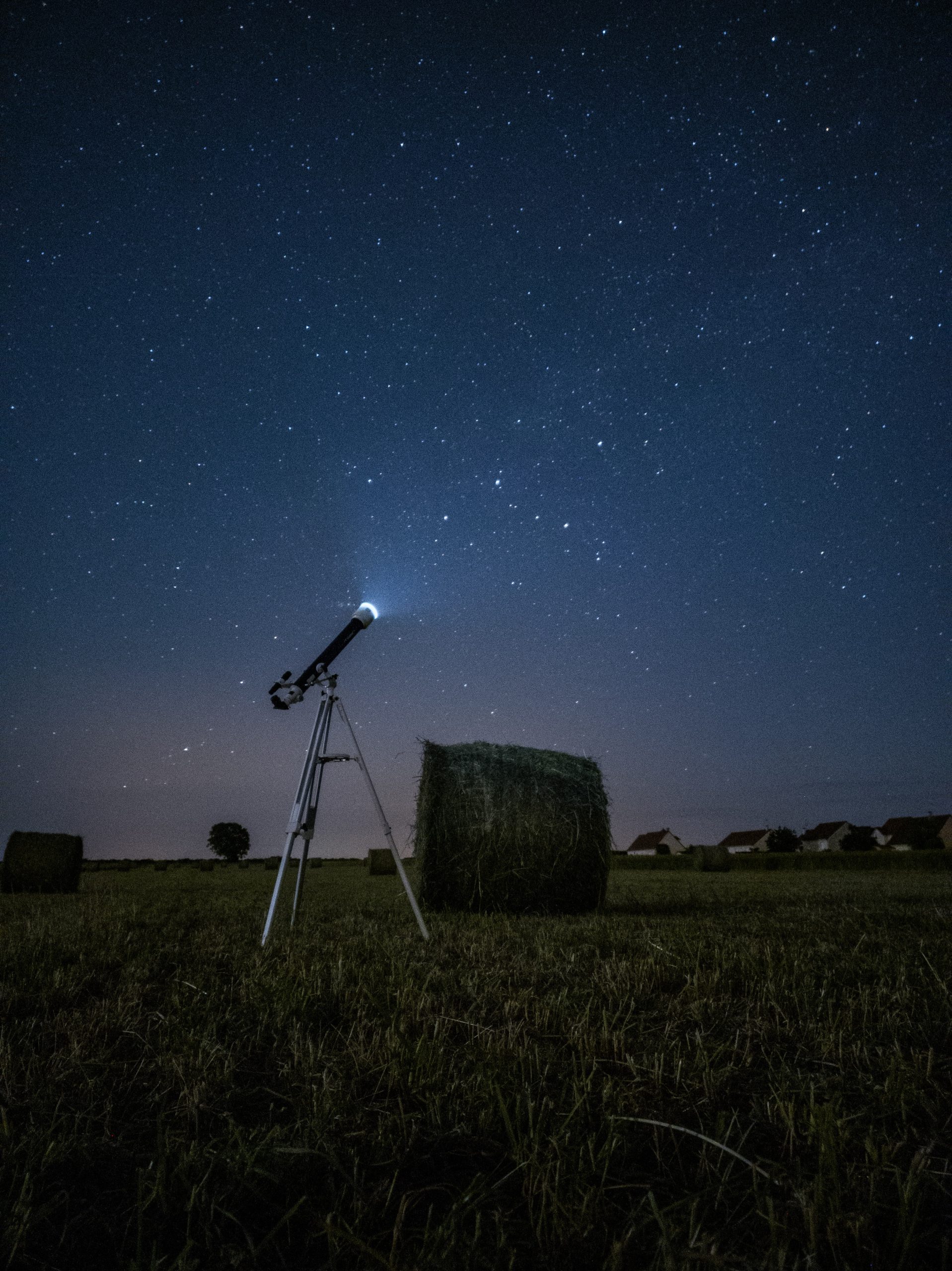Of course! You’re curious about using a telescope to catch a glimpse of planets and stars, right? Well, you’ll be delighted to know that a telescope can indeed fulfill your sky-gazing desires. By using a telescope, you can unlock a whole new world above us and witness the wonders of the universe firsthand.
With a telescope, you’ll have the opportunity to observe planets, such as Mars, Jupiter, and Saturn, and their intriguing features. You can witness the magnificent rings encircling Saturn or the swirling storms on Jupiter’s surface. Moreover, you’ll be able to marvel at distant stars and their mesmerizing patterns. Just imagine losing yourself in the beauty of the constellations scattered across the night sky. So, go ahead, grab a telescope, and let your astronomical journey begin!

Types of Telescopes
Refractor Telescopes
Refractor telescopes use lenses to gather and focus light. They are known for their excellent image quality and sharpness. The objective lens at the front of the telescope collects light and focuses it to a point, where an eyepiece magnifies the image for observation. Refractor telescopes are generally low maintenance and provide clear, high-contrast views of celestial objects.
Reflecting Telescopes
Reflecting telescopes use mirrors instead of lenses to gather and focus light. These telescopes have a concave primary mirror that collects and reflects light to a secondary mirror, which then directs the light towards an eyepiece for observation. Reflecting telescopes tend to provide a larger aperture at a more affordable price than refractor telescopes, making them popular among astronomers.
Compound Telescopes
Compound telescopes, also known as catadioptric telescopes, combine both lenses and mirrors to gather and focus light. They are a hybrid design that offers a compact and versatile option for astronomers. Compound telescopes often feature a corrector lens at the front to improve image quality and a combination of mirrors and lenses to direct the light towards the eyepiece. This design allows for a longer focal length in a more portable package.
Choosing the Right Telescope
Considerations for Beginners
As a beginner, it is important to consider the ease of use and setup of a telescope. Look for telescopes with simple mounting systems and intuitive controls. Additionally, consider the size and portability of the telescope, as well as its compatibility with various accessories.
Budget Constraints
Telescopes can vary greatly in price, and it is essential to set a budget before making a purchase. It is important to note that more expensive telescopes often offer better image quality and additional features. However, there are also budget-friendly options available for those who are just starting out or have limited resources.
Target Objects
Consider what celestial objects you are most interested in observing. Some telescopes are better suited for planetary observation, while others excel at capturing deep-sky objects like galaxies and nebulae. Research the specifications and capabilities of different telescopes to ensure they align with your observing goals.
Viewing Planets with a Telescope
Planet Observation Basics
When observing planets, it is important to have a telescope with sufficient magnification. Planets appear as small, bright disks in the night sky, and higher magnification allows you to see more details on their surfaces. Experiment with different eyepieces and magnification settings to find the optimal view.
Planets Visible with a Telescope
Several planets in our solar system are visible with a telescope, including Mars, Jupiter, Saturn, Venus, and even Uranus and Neptune. Each planet offers unique features and characteristics to observe, such as the colorful bands of Jupiter, the rings of Saturn, and the polar ice caps of Mars.
Observing the Moon
The Moon, Earth’s natural satellite, is a captivating object to observe with a telescope. Its cratered surface, lunar seas, and mountains provide a stunning view. During different phases of the Moon, the lighting conditions change, allowing you to observe various details and features. Experiment with different filters to enhance your lunar observation experience.
Observing Stars with a Telescope
Star Observation Basics
When observing stars, a telescope’s primary objective is to gather as much light as possible. The larger the telescope’s aperture, the more light it can collect. This enables you to see fainter stars and observe their colors, brightness, and positions more accurately.
Naked-Eye Stars
While many stars are visible to the naked eye, a telescope can bring them closer, allowing you to see unique features like double or multiple star systems. It can also help you identify specific stars and constellations more easily.
Deep-Sky Objects
Deep-sky objects refer to celestial objects beyond our solar system, including galaxies, nebulae, and star clusters. To observe these objects, a telescope with a larger aperture and low light pollution is recommended. Deep-sky objects provide a fascinating opportunity to explore the vastness of the universe and witness its beauty.

Enhancing Viewing Experience
Using Filters
Filters can significantly enhance your viewing experience by increasing contrast, reducing glare, and highlighting specific wavelengths of light. Different filters are available for observing different celestial objects, such as planetary filters for enhancing the details on planets or nebula filters for emphasizing the colors and structures of nebulae.
Eyepiece Selection
Choosing the right eyepiece is crucial to achieve the desired magnification and field of view. Eyepieces come in different focal lengths, and selecting the appropriate one can greatly enhance your observation experience. Experiment with different eyepieces to find the perfect balance between magnification and clarity.
Adapting Cameras to Telescopes
Many telescopes can be adapted to accommodate cameras, allowing you to capture breathtaking images of the night sky. Astrophotography opens up a whole new world of possibilities and enables you to share your observations with others. Research camera adapters and techniques specific to your telescope to get started with astrophotography.
Telescope Maintenance and Care
Cleaning Optics
Regularly cleaning the optics of your telescope is essential to maintain optimal performance. Use a soft brush or compressed air to remove dust particles and a microfiber cloth or lens cleaning solution for more thorough cleaning. Be gentle and avoid touching the optics with your fingers to prevent damage.
Storage and Transportation
Proper storage and transportation of your telescope are important for its longevity. Store the telescope in a dry and dust-free environment, preferably in a protective case or bag. During transportation, secure the telescope to prevent any potential damage from bumps or vibrations.
Collimating Telescopes
Collimation ensures that the optics of your telescope are properly aligned. Over time, the alignment may be compromised due to transport or regular use. Collimating your telescope involves adjusting the mirrors or lenses to restore proper alignment, resulting in clear and sharp images. Refer to the telescope’s instruction manual for collimation procedures specific to your model.

Common Challenges and Solutions
Weather Conditions
Weather conditions can affect your viewing experience. Cloudy skies, high humidity, and poor atmospheric conditions can hinder observation. Monitor weather forecasts and plan your observing sessions on clear nights for the best results. Alternatively, consider setting up your telescope in a covered or indoor location, such as a garage or balcony, to observe even during less favorable weather conditions.
Light Pollution
Light pollution from urban areas can diminish the quality of your observations. To minimize its impact, try observing from dark sky locations or using light pollution filters. These filters selectively block out the unwanted wavelengths of light, allowing you to see celestial objects more clearly.
Finding Astronomical Objects
Locating specific celestial objects can sometimes be challenging, especially for beginners. Utilize star charts, smartphone apps, or planetarium software to assist you in finding objects of interest. These tools provide valuable information about object locations, visibility, and rise and set times.
Where to Observe?
Urban Observation
Observing from urban areas presents challenges due to light pollution and limited visibility. However, urban environments offer convenience and accessibility. Locate higher vantage points or use light pollution filters to improve observation conditions. Urban parks or astronomy clubs may also organize public viewing events where you can join fellow enthusiasts.
Rural Observation
Rural areas with minimal light pollution provide ideal observing conditions. Look for open fields or secluded spots away from artificial lights. Rural areas offer darker skies, allowing you to observe faint objects with better clarity.
Observatories and Public Viewing Events
Observatories are dedicated facilities equipped with advanced telescopes and knowledgeable staff. Consider visiting a local observatory to gain access to powerful telescopes and expert guidance. Many observatories also host public viewing events, allowing you to observe celestial objects and interact with fellow astronomy enthusiasts.
Additional Tools for Astronomy
Star Charts and Planetarium Software
Star charts provide detailed maps of the night sky, helping you identify constellations, stars, and other celestial objects. Planetarium software, available as computer programs or smartphone apps, simulate the night sky and provide real-time information about object positions, rise and set times, and other astronomical events.
Telescope Accessories
Various accessories can enhance your telescope’s capabilities and functionality. Eyepieces, filters, camera adapters, and motorized mounts are some common accessories. Research and choose accessories that align with your observing goals and telescope specifications.
Astronomy Apps and Websites
Explore websites and apps dedicated to astronomy to expand your knowledge, discover new objects, and stay updated on upcoming celestial events. Many platforms offer educational resources, astrophotography tips, and forums where you can connect with fellow astronomers.
Conclusion
Enjoying the Night Sky
With the right telescope and knowledge, you can embark on a fascinating journey through the cosmos. Observing planets, stars, and other celestial objects provides a humbling and awe-inspiring experience. Spend time under the night sky, marvel at the wonders of the universe, and let the beauty of the cosmos capture your imagination.
Continuous Learning and Improvement
Astronomy is a lifelong learning process. Embrace a mindset of continuous improvement, seek new knowledge, and explore new techniques. Join astronomy clubs, attend workshops, and engage with fellow enthusiasts to deepen your understanding and passion for the stars. The more you learn and observe, the richer your astronomical journey will become.











